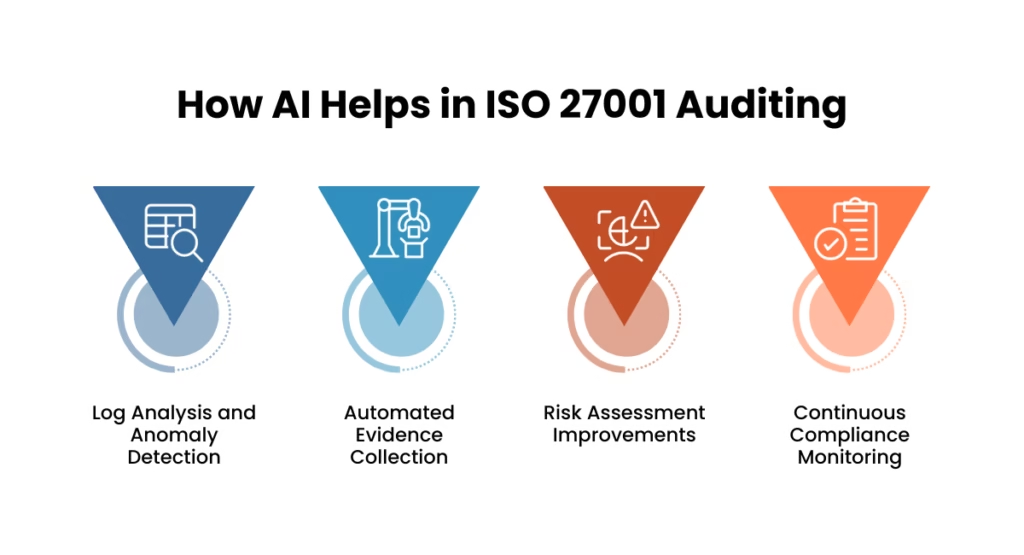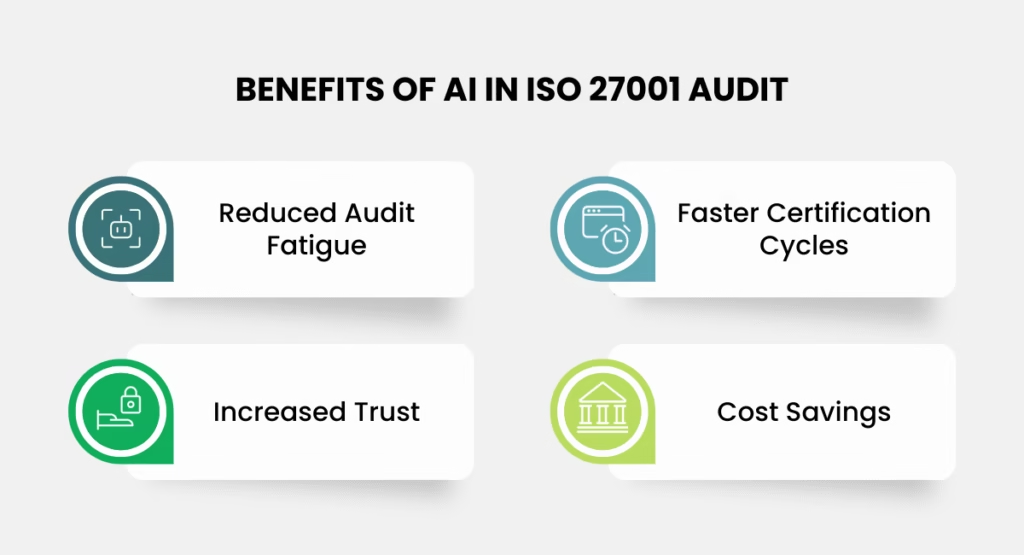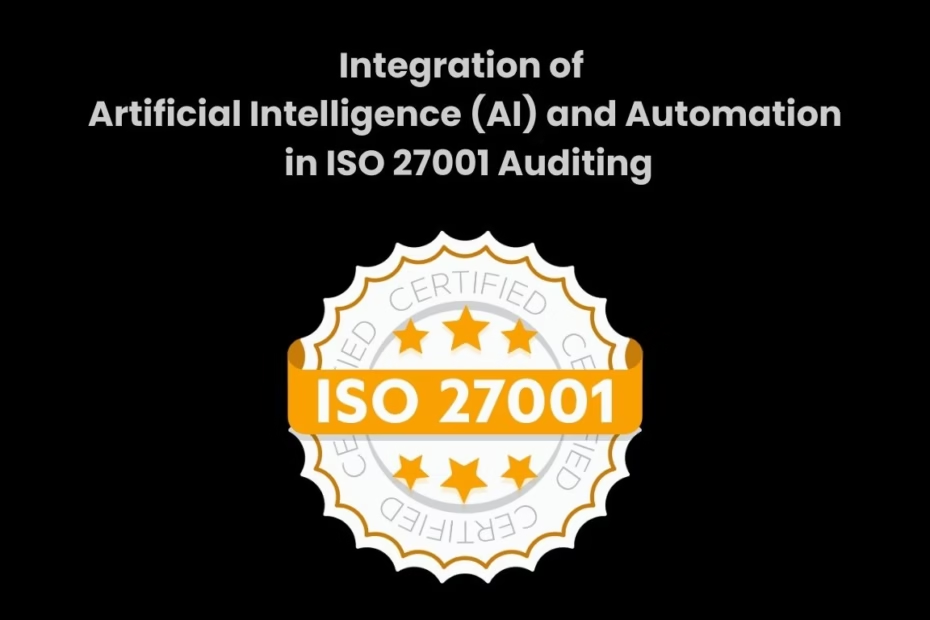In today’s world of hyper-connected systems and ever-evolving data, staying safeguarded isn’t just a priority; it’s a necessity. If you’re familiar with ISO 27001, you already know it is used as a common standard for information security all around the world. But here’s the real twist: Artificial Intelligence (AI) and automation are completely changing the way ISO 27001 audits are performed. And we’re not talking about futuristic tech talk, this is already happening.
Let’s dive deep into how AI and automation are transforming ISO 27001 auditing, why it matters, and what the future looks like.
What Is ISO 27001 Auditing?
Before we go full tech mode, let’s quickly recall what ISO 27001 auditing is all about. ISO 27001 is the international standard for operating information security. Auditing in this context means checking whether a business’s security controls meet the standard’s requirements.
Auditors usually analyze things like:
- Risk assessments
- Security policies
- Access controls
- Incident management procedures
- Compliance logs
Traditionally, this has been a very manual process, which requires high documentation and is time-consuming. But not anymore.

Why Bring AI and Automation into ISO 27001 Auditing?
Great question. Let’s say you are an auditor carefully going through thousands of logs, policies, and reports. It takes hours or sometimes days, and there’s always the risk of human error or faults. That’s where AI and automation enter the game and become the last-minute solution.
Here’s why they’re table turners:
- Speed: AI can analyze a large amount of data in seconds.
- Accuracy: Automated systems minimize the chance of missing important faults.
- Consistency: AI audits using the same logic every time, no fatigue, no coffee breaks.
Real-time monitoring: Automation can spot non-compliance instantly, rather than waiting for the next scheduled audit.
Real-World Use Cases of AI in ISO 27001 Auditing
Let’s talk realistically. Here are some methods AI and automation are being used today in ISO 27001 compliance:
1. Log Analysis and Anomaly Detection
AI algorithms can go through logs from firewalls, intrusion detection systems, and servers. They search for patterns and highlight suspicious activity instantly, something that would take a human hours to do.
2. Automated Evidence Collection
Automation tools can pull system data, access logs, and compliance documents without the need for manual digging. This saves time and makes sure that no important documents are forgotten.
3. Risk Assessment Improvements
Machine learning systems can analyze past risk assessments, keep records of the previous cyber leaks, and control failures to suggest risk areas that require attention. It’s like having a super-intelligent assistant on your team.
4. Continuous Compliance Monitoring
Rather than auditing once or twice a year, automation allows businesses continuous auditing. Systems can check compliance with ISO 27001 controls 24/7 and alert you the moment something goes wrong.
Benefits for Organizations

So, what’s in it for companies?
- Reduced Audit Fatigue: Less time spent going through data manually.
- Faster Certification Cycles: Audits finish quicker, helping businesses get certified in the minimum time.
- Increased Trust: AI-supported audits offer more accuracy and consistency, boosting credibility with stakeholders.
- Cost Savings: While there may be an upfront cost for tools, automation slashes ongoing audit expenses.
And if you’re preparing for certification, this kind of tech support is a major bonus.
Challenges You Shouldn’t Ignore
Of course, it’s not all rainbows and sunshine. There are some things to keep in mind:
- Data Privacy Concerns: AI tools require access to sensitive data. Are they secure enough?
- Over-dependent on Automation: Human judgment is still crucial. Don’t fully replace auditors with bots.
- Tool Selection: Not all tools are created equal. Selecting the right one takes research.
The key is balance, using AI and automation to support, not replace, your audit team.
Future Trends: What’s Next?
As technology grows, we can expect more advanced tools that will:
- Use predictive analytics to forecast security threats before they happen.
- Combine directly with cloud platforms to perform audits in real time.
- Use natural language processing (NLP) to review and interpret policy documents faster.
The main takeaway? The future of ISO 27001 auditing will be smarter, faster, and more proactive.
Read More: 10 Ways to Make Your AI-Generated Content Feel More Human
Your Next Step: Embrace the Shift
Whether you’re an organization preparing for ISO 27001 certification or a cybersecurity professional involved in the auditing process, now is the time to explore how AI and automation can support you.
You don’t need to be a data scientist or buy fancy tools overnight. Start small, automate log reviews, get more information on AI-driven risk assessment tools, and see the difference.
If you’re looking to get trained in ISO 27001, check out this ISO 27001 Certification Lead Auditor Course by NovelVista. It is carefully crafted to support professionals master both traditional auditing methods and evolving technologies.
So, what are you waiting for?
Adopt the tech. Level up your audits. Stay one step ahead.

